
Marco Parusso never sets still, he is in constant motion just like his wines. As Parusso gains age, these days motion is more with his head, less with his feet, the effects of a failing back. He imagines different ways to vinify the noble nebbiolo grape. For example, in recent years he is one of the first to produce a sparkling wine made from 100% grand cru Bussia nebbiolo. “[It is] not a joke, not something gone bad.” states Parusso.
In the 1800s this was a very common wine to produce. There was a major exchange of culture between Italy and France due to their proximity. When families of nobility would intermarry, they celebrated with Champagne and classified nebbiolo produced Méthode Ancestrale. When reading about this method of producing sparkling wines, Parusso was intrigued and began to start production. Now, he uses this method on all of his wines.
The main philosophy behind all of Parusso’s wines is when released young they should appear mature, aromatic, full of fruit, but round and very pleasant on the palate. This is an all-embracing lifestyle philosophy, and not limited to his thinking about wine. In the world that he adopted, he looks at all things living around him, all things we harvest and process to consume. Meats taste better hung before we eat them, and tobacco leaves are best after they are rested. These living deductions can apply to his winemaking.
“Color signals something mature, calm, non-stressing, and sweetness is the maturity of the fruit, not from the sugars.” exclaims Parusso. His description of maturity less applies to the date it was harvested, but how it was harvested and what happens to the fruit afterwards. Applying a step from old ancient winemaking, modern industrial winemaking saw as a risky step, the idea that wine needs to be produced as soon as the grapes are harvested and in some cases transported under inert gas to protect them. Marco believes the opposite. A fruit that is harvested immediately goes into stress, rigamortis, a stressful fruit will make a stressful wine, not relaxed.
In order to relax the grapes, freshly harvested grapes are stored in fruit cases for days. In the post-maturing process the acidity will stay untouched, but all other components will post mature, will evolve further. Parruso compares this process to that of a freshly harvested banana – detached the fruit is yellow-green, hard and stiff, not pleasant, and difficult to digest. Once left out for 3-4 days the banana will turn color from green to yellow to slightly brown. Once brownish, the banana’s peel opens softly and easily, it has it’s maximum expressive of exotic flavors, it tastes better, and does not harm your digestion.
During the 3-5 day relaxation period, the berry goes hard to soft to touch, but does not shrivel. The length of time is no where near amarone length. What changes is the flavor, harmony, and energy. A man of real-life comparisons, Parusso explains this process in terms of child birth. “When a mother gives birth the child was protected in the womb, and the moment of birth is a stressful time. After 2-3 hours, the child will relax again, and if you try while the baby is stressed to vaccinate, it will ruin its life. It’s a problem of vitality, if you don’t allow vitality to emerge, you will never get it again.”
Earlier experiments to let the grapes on the vine to shrivel were not successful. They would soften and lose half of production breaking open during transportation, a nightmare logistically. In a natural environment you have moisture and botrytis, things you don’t want. Parruso’s relaxation room has the ability via program to control the temperature curve to simulate day and nighttime excursions. “A soft transition.” This process fools the grapes to think they are still out in the vineyard.
During this post-ripening process you mature all parts of the bunch – tannins, stems, and seeds. Tannins turn from green to sweet, like a horse out in the wild will taste and choose what is good for it by the sweetness. Sweetness in the fruit associates good.
Marco Parusso, who has a doctorate in Oenology, explains this is the exact opposite of everything that is taught since the 1920s… add sulfur, remove lees, oxygen is the enemy, etc. This is only helpful for industrial processing of wine but useless for those who have vineyards in their backyard and trying to make quality wine. In his search to make high quality wine, Parusso had to make experiments, and through these he came to understand the opposite steps currently taught take you to much more harmonious and much more vital wine, with lively results.
His philosophy is so deep, penetrating every aspect of making wine that he is in a situation of uniqueness because nobody can repeat what he does – it cannot be taught in a class.
Is oxygen an enemy of wine? Must we keep wine reductive?
According to Marco, keeping wine reductive kills his wine. The essence of vitality is the exposure to oxygen. Just like a newborn child, oxygen is wine’s biggest friend. Oxygen is introduced to wine in every step, so the grown-up, living creature [wine] can show signs of a real being. This allows wines in the glass and bottle to last longer. Open a bottle of Parusso’s wines, and weeks later you will see the wine is still alive, if not better. “[A] different philosophy on life and vitality.” finishes Marco.
Upon asking Parusso if he would allow me to video tape his philosophy or if he would ever write a book, he exclaims, “I have not invented anything so it is not worth while to write a book. All of these ideas existed before industrial winemaking, and once a video is posted, my processes have changed, a constant motion. People are aware of the benefits of oxygen to wine. The Greeks put grapes on the streets to dry. If everyone stopped using sulfites, that would be bad for the people who supply the agriculture industry.”
When Parusso looked to Champagne, winemakers go out, buy sugar, and throw it in there. It’s the fast, easy, and simple way. To Marco, the fast and simple way produces simple and easy wines, not complexed or worthy of attention. Looking into the subject more in depth, Parusso decided on Méthode Ancestrale. While Marco does not follow the process completely, he found more balanced wines with different sugars and more character in the wines if added after fermentation. Here he uses sugars naturally founds in grapes, fructose, not sucrose used by most. The fructose comes by means of late harvest Barolo grapes, passito style. This “nebbiolo honey” gives it more balance and complexity, and fine bubbles. Industrial wine could not apply these methods, as they are far too time consuming and expensive. To read in depth about Marco Parusso’s Metodo Classico Brut see my previous blog post.
Philosophy on Lees and Autolysing
Another crucial philosophy to Marco Parusso is to have his baby young wine grow together with its mother, and not as an orphan. Normal enology has decided we should remove out as soon as possible, the lees, the murky solid components left behind from the winemaking process. Therefore the wines have no character since nothing was fed to them. The ancient winemaking method insisted that wines needed to live as long as possible on the lees. Typically during second fermentation there is an additive that ensures the lees settle to the bottom and don’t attach to the glass keeping them in a separate place. Barely touched, they live separately. “They live close by but have nothing to do with each other. I want wines to live with their mother!” exclaims Parusso. The lees are the mother and should have a dynamic relationship, and grow together, a dynamic educator.
Parusso does not use the clarifying agent therefore creating a lees rich environment, and employees a 100% bâtonnage regiment. Barrels are stirred, and sparkling wine bottles are shaken. These processes were normal during ancient times but since it cannot be mechanized, modern winemaking has removed these steps.
Autolysing means when the lees liquidity. If the lees die, they will fall to the bottom and smell awful of decay, but if they are emerged in the juice, covered by the juice, and have access to oxygen from the juice, they will autolysis. They will diminish the solid components and give the wine character, and turn into the dynamic energy-rich vitality of the wine. This is Parusso’s signature flavour. This process creates a mid-palate creaminess.
In terms of Parusso’s sparkling Barolo, the effect of the lees richness is a mechanical one as they cut molecules of CO2 in half and make them smaller but stable and fine. In the finished wine, the bubbles last long, very persistent. HIs wine has character already, thus does not need the added character from dosage, but instead uses old vintage Barolo to top off. The original ancient recipe was to use sweet moscato as the dosage.
Autolysing is completed in barrel for all Parusso’s red wines with a special tool developed by himself. Parusso found a problem with typical bâtonnage tools as they do not get to the ends of the barrel so lees sitting around build up, decay, and emit bad smelling gases which remove the aromatic profiles of the juice. A special stainless steel shovel shaped with the same curve of the barrel fixes this problem.
New Barrels Do Not Impart Oak Flavors
Yes, let me repeat that. New barrels do not impart oak flavors and they did not destroy wine. If oak barrels are purchased from the best coopers and handled in the best way the oak staves carry plenty of oxygen. That oxygen stabilizes lees and autolysing. If a wine autolyses in a new barrel it is protected from picking up barrel flavors. The best 3-4 cooperage is used. Oak contains lots of water and leaves cavities of oxygen during evaporation. As the staves shrink, the oxygen becomes highly compressed. This is very crucial to Parusso’s process.
Marco emphatically states that 100% new barrel maturation does not equal a bad wine. You cannot label Parusso as modernist or traditionalist. If fact, he is producing a special 200% new barrel wine as the very lees rich juice needs twice the amount of oxygen to create autolysing. Oddly enough, the wines taste less of oak. Oak flavors only stand if you remove the lees immediately, does not go through malolactic fermentation, and if you use cheap burnt barrels.
Traditionally Parusso has only used skins and seeds during fermentation and maceration but now using 70-80% whole cluster with very long maceration with this stems. During the relaxation period, Parusso noticed the stems would change from green to brown. Now the stems would impart special flavors and textures into the wines, noting his signature white peach and rich silky mid-palate. Total maceration is 2-3 months, and sometimes longer. Uniquely, the mature stems also pick up oxygen during the ageing process which then adds a natural micro-oxygenation to the juice.
Marco is not interested in organics or biodynamics even though he employees a mixture of super organics and biodynamics. He does not want to be held to a recipe by another, rather stick to his family living philosophy of vitality. And of course, only natural yeasts are used.
During our meeting we would taste his new 2011 Barolo’s, and Parusso has a very unique way to describe his wines. In the mind of a tailor, his normale Barolo would be wool, as it keeps your warm with rich texture. Next wasMariondino, the alpaca, refined, smoother, and more straight lined. Le Coste is simply cashmere. The finest, silk, is Bussia.If you spread out silk wide it covers your body. If you fold it up, it fits into your pocket. It’s warm in the winter, but cool in the summer. The most complexed of all fabrics, and in this case, all wines.
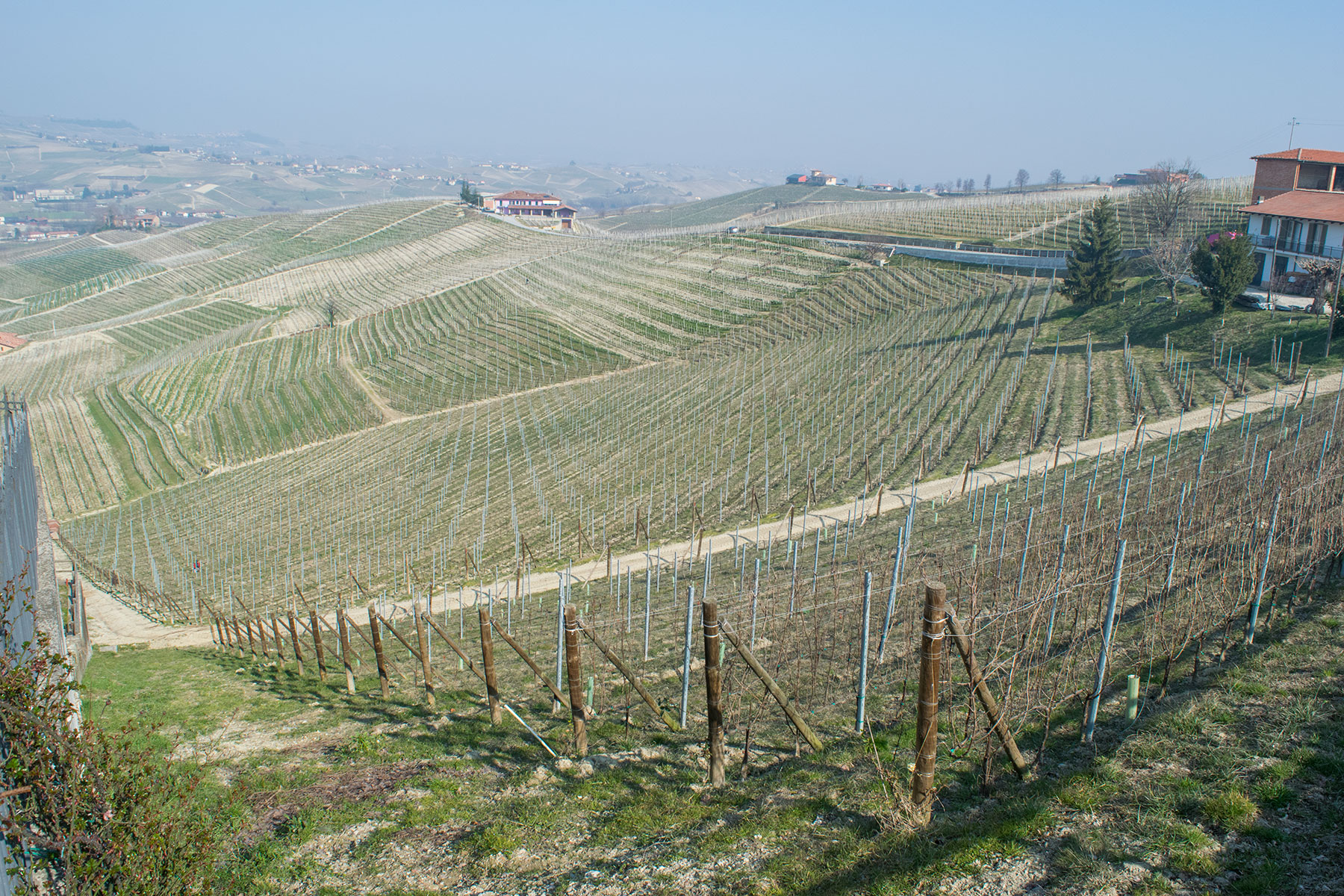
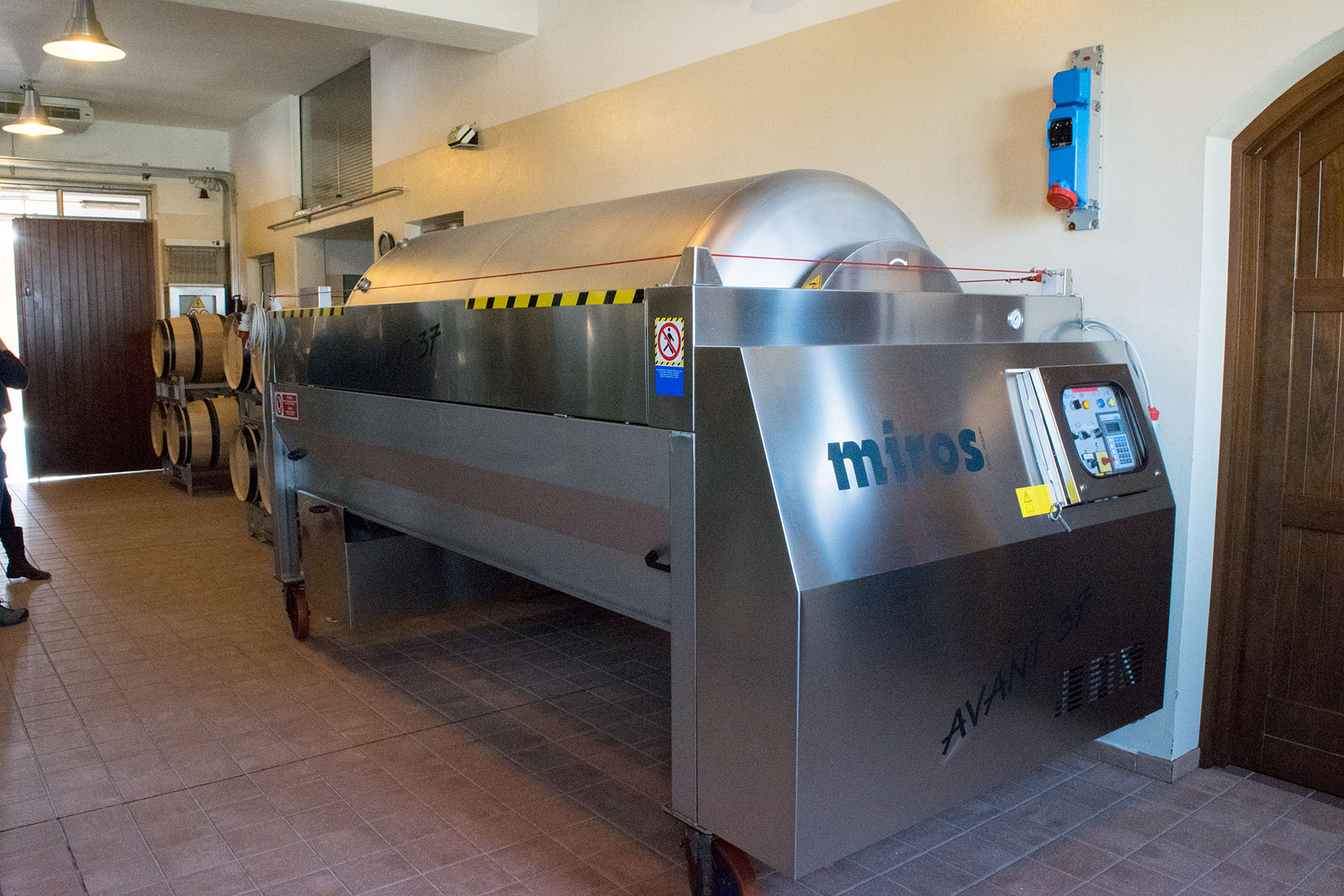
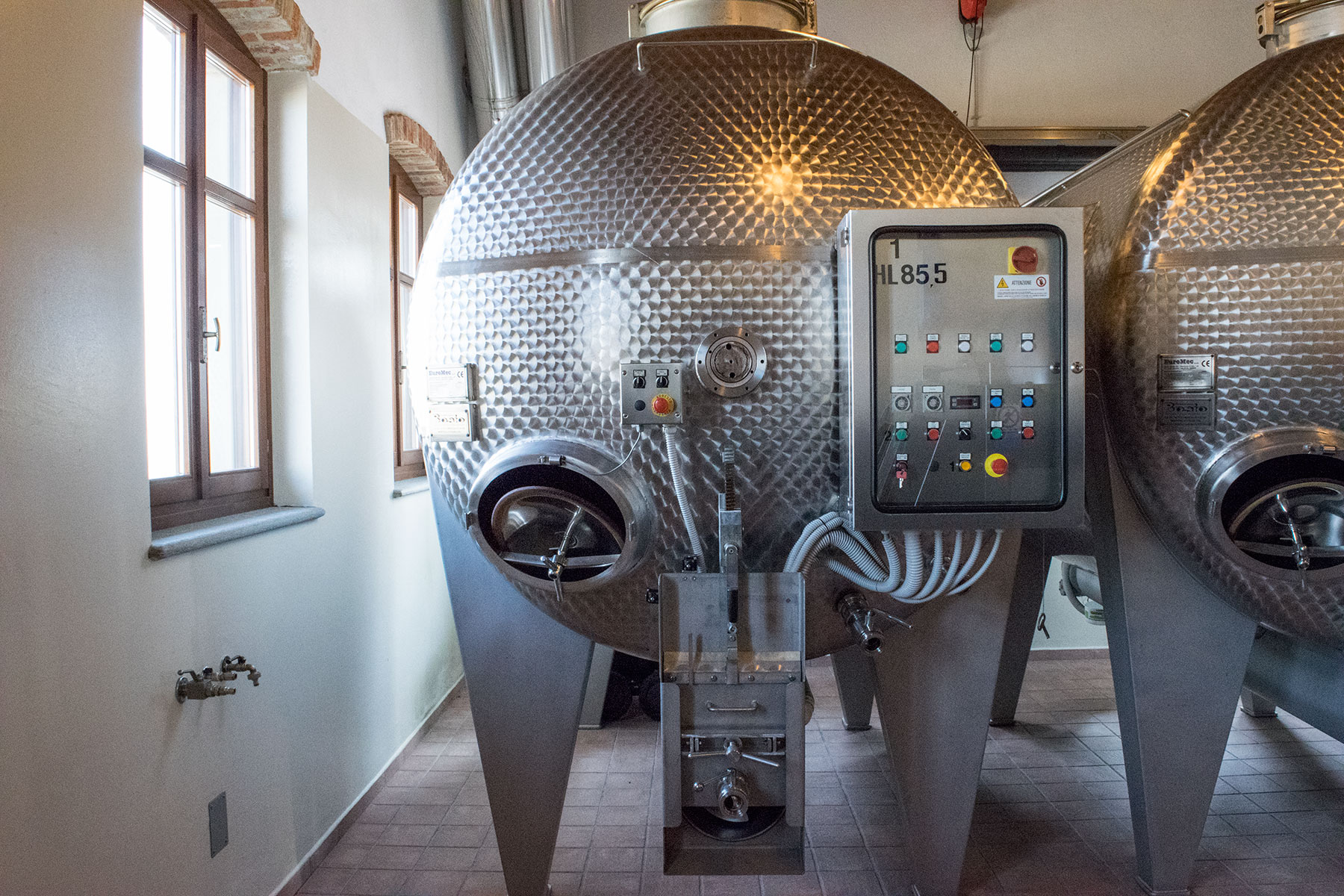
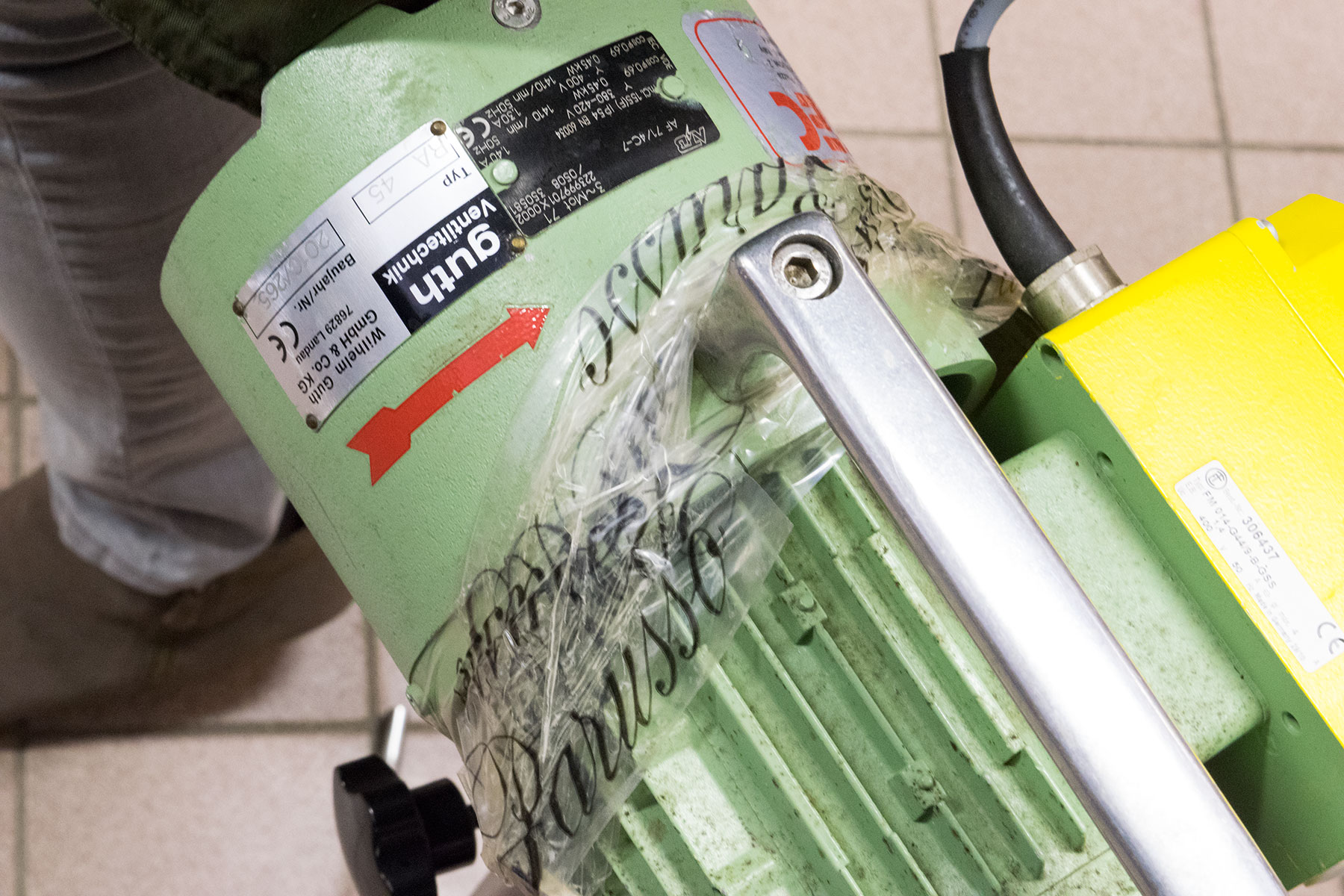
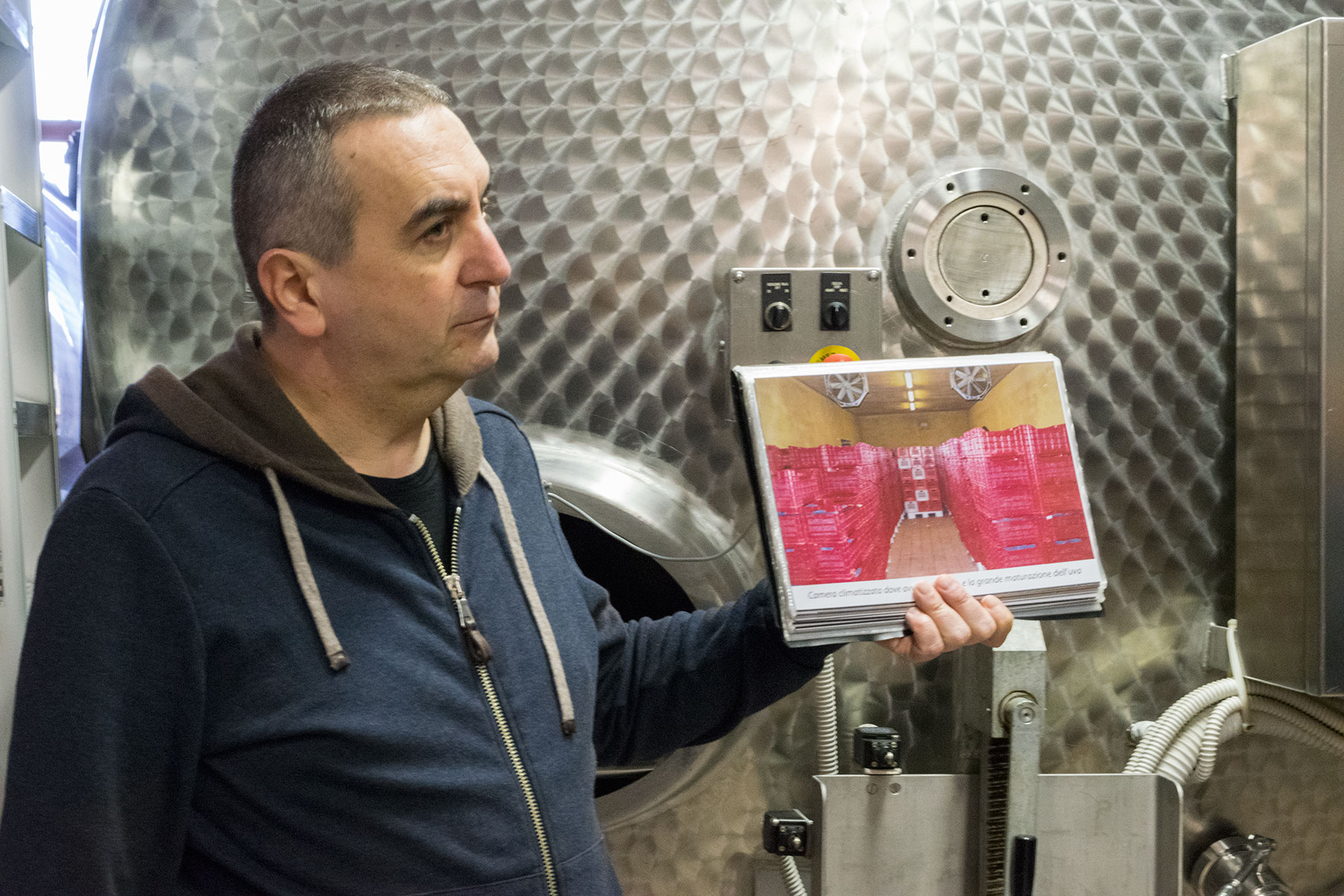
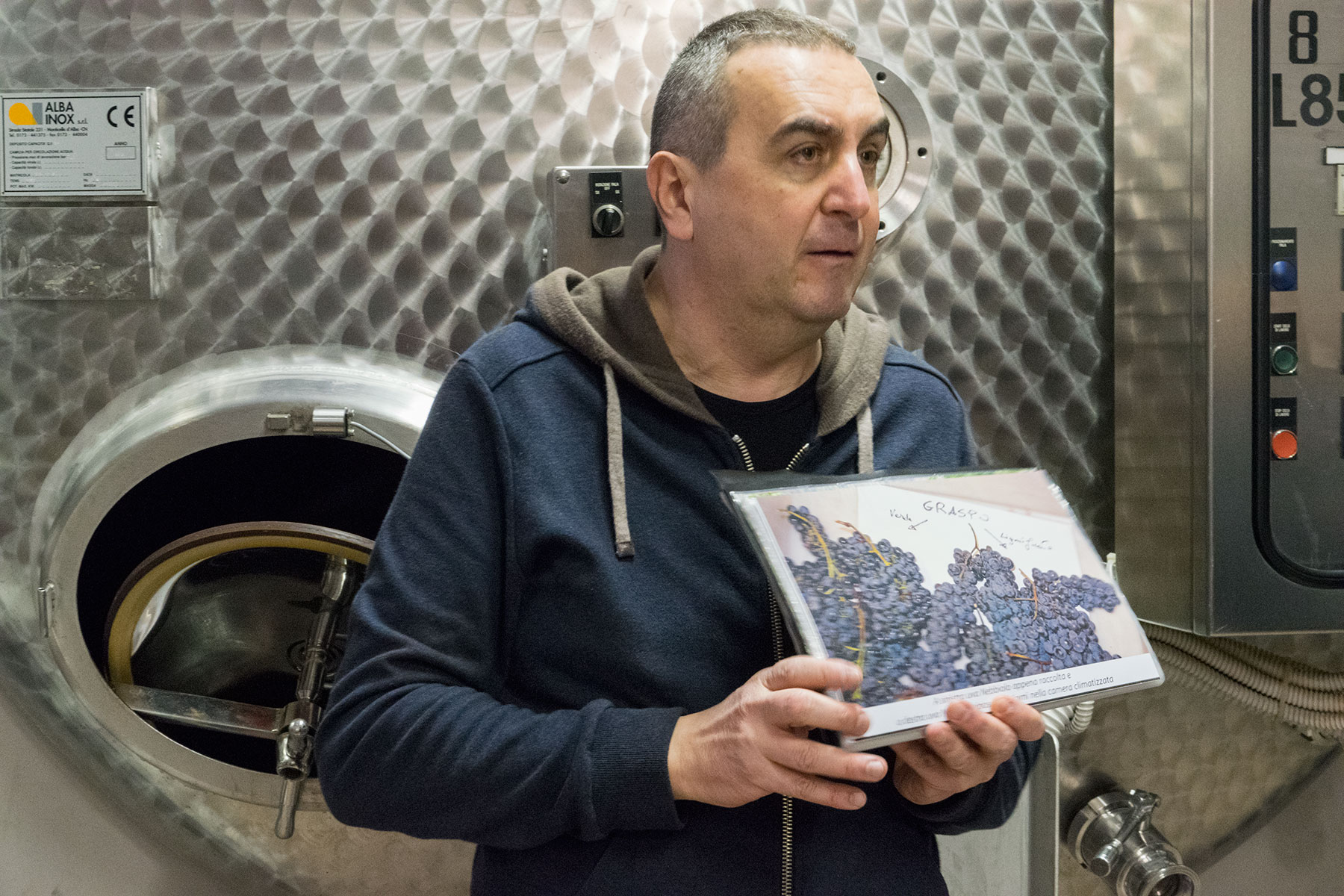
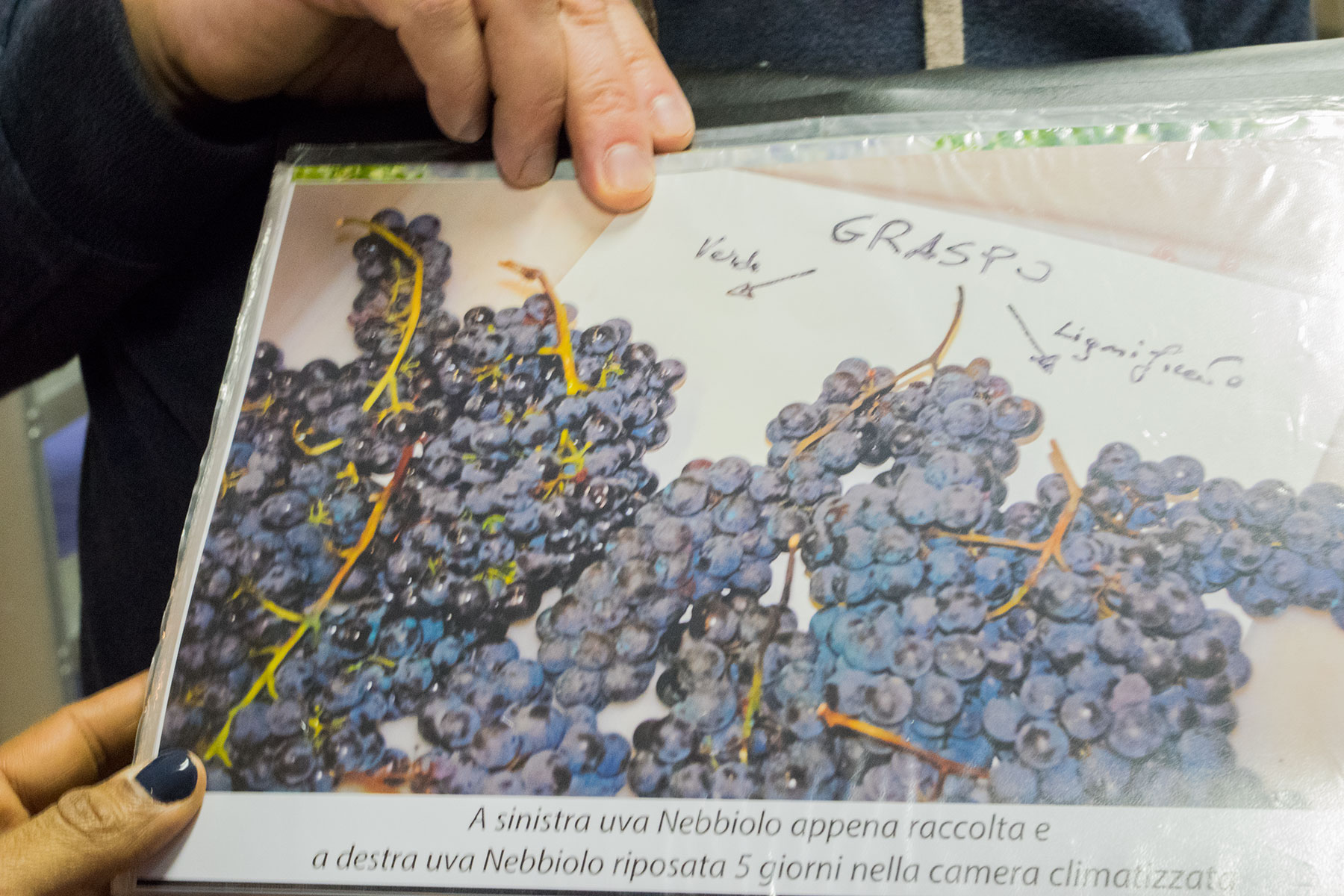
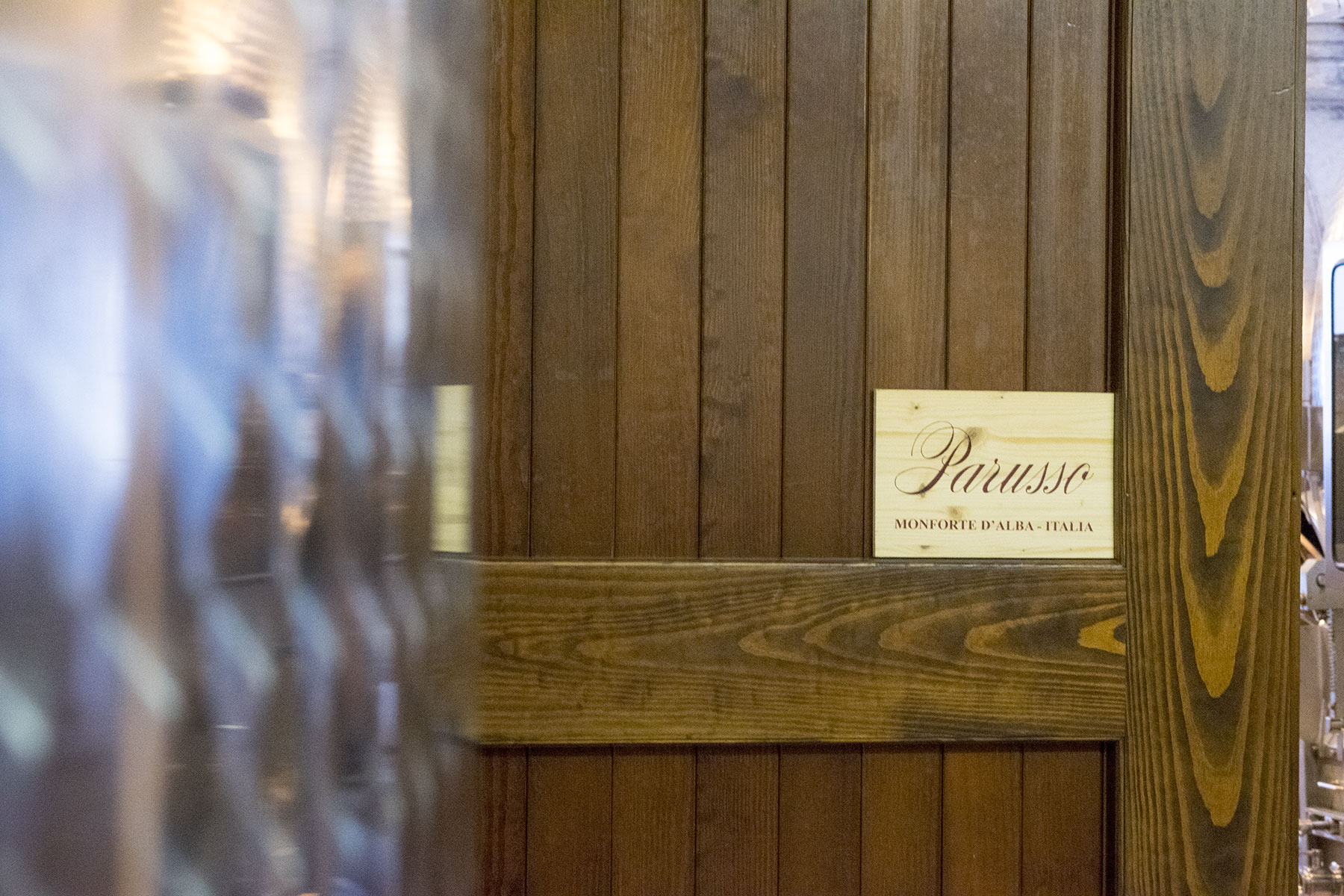
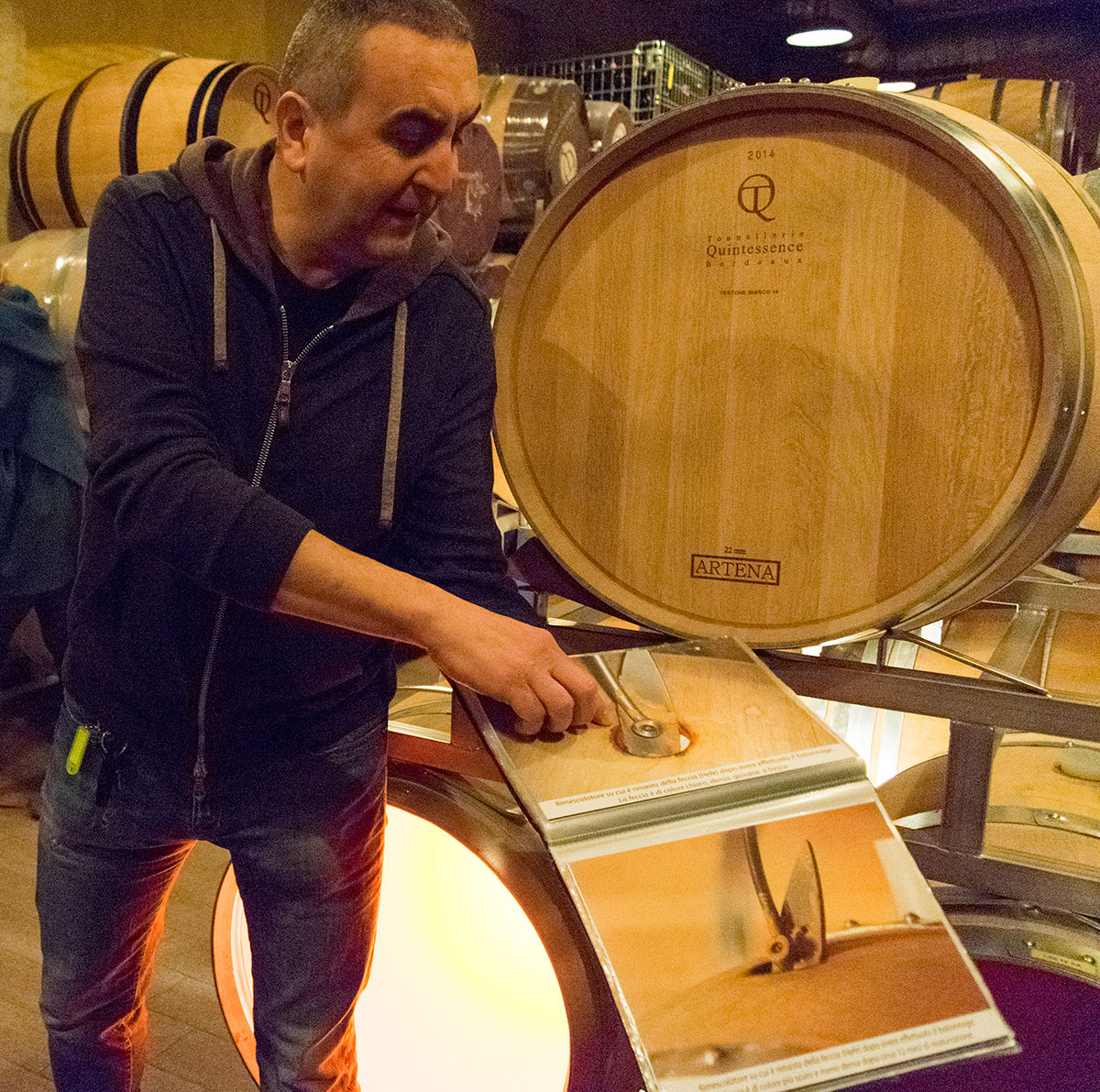
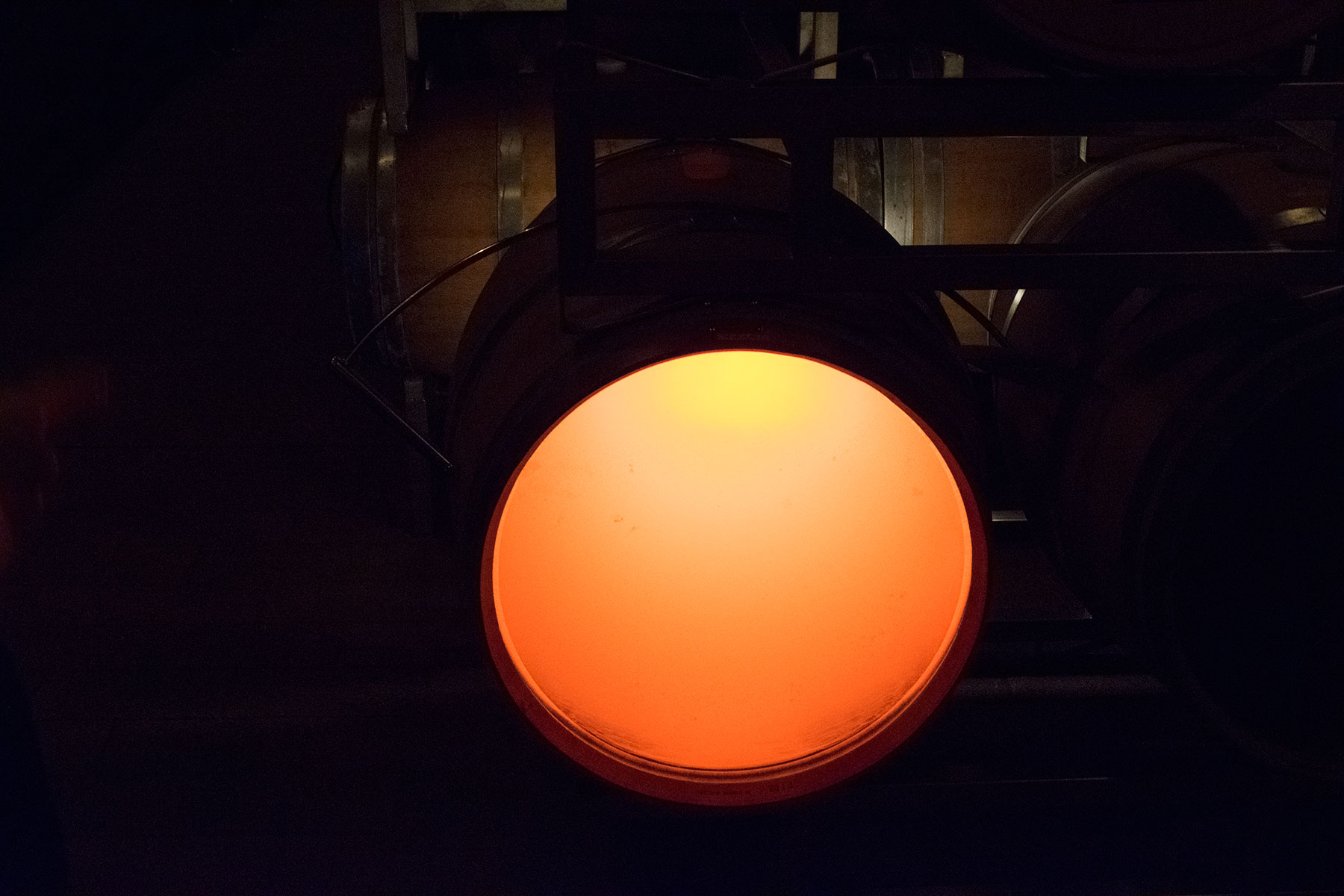
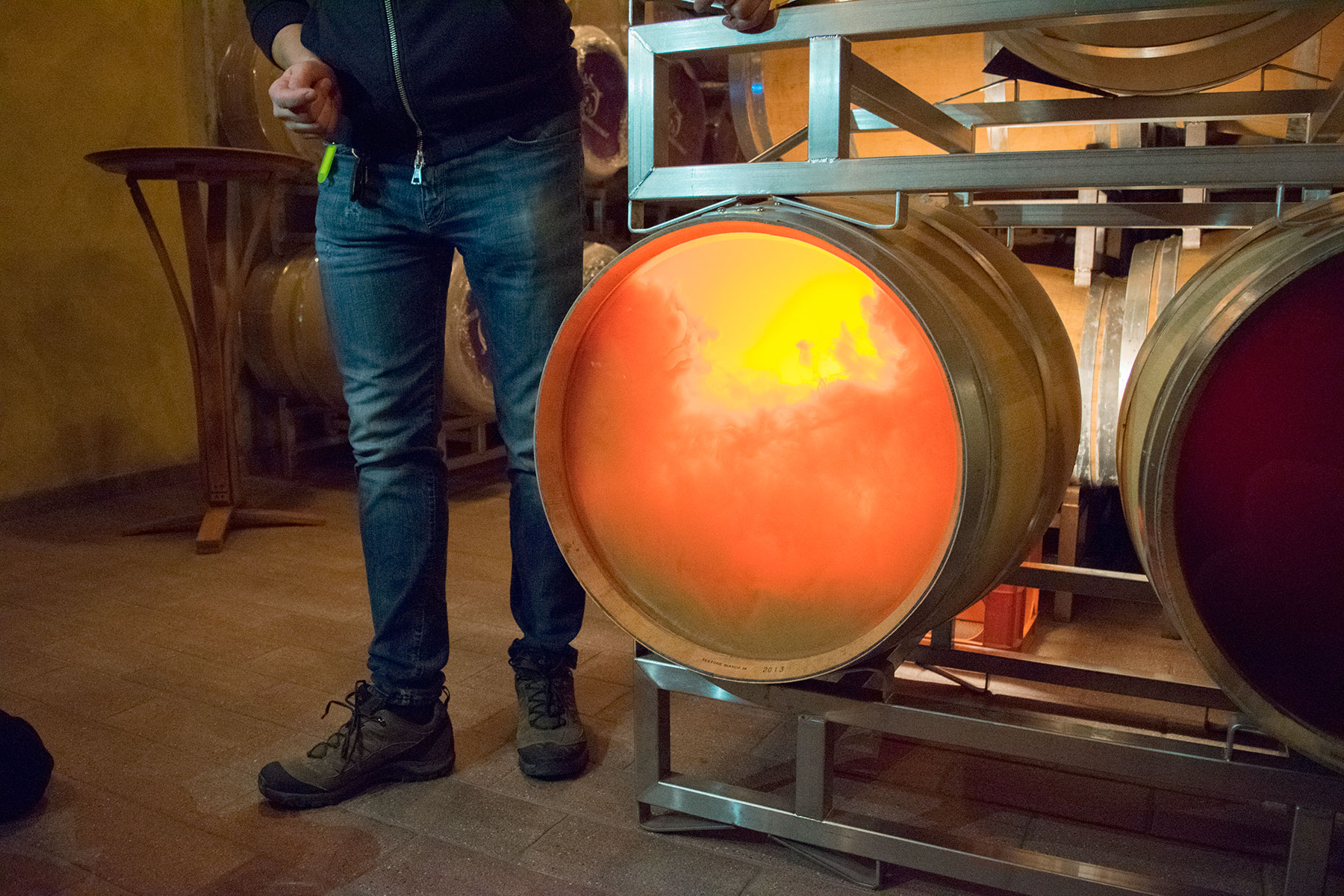
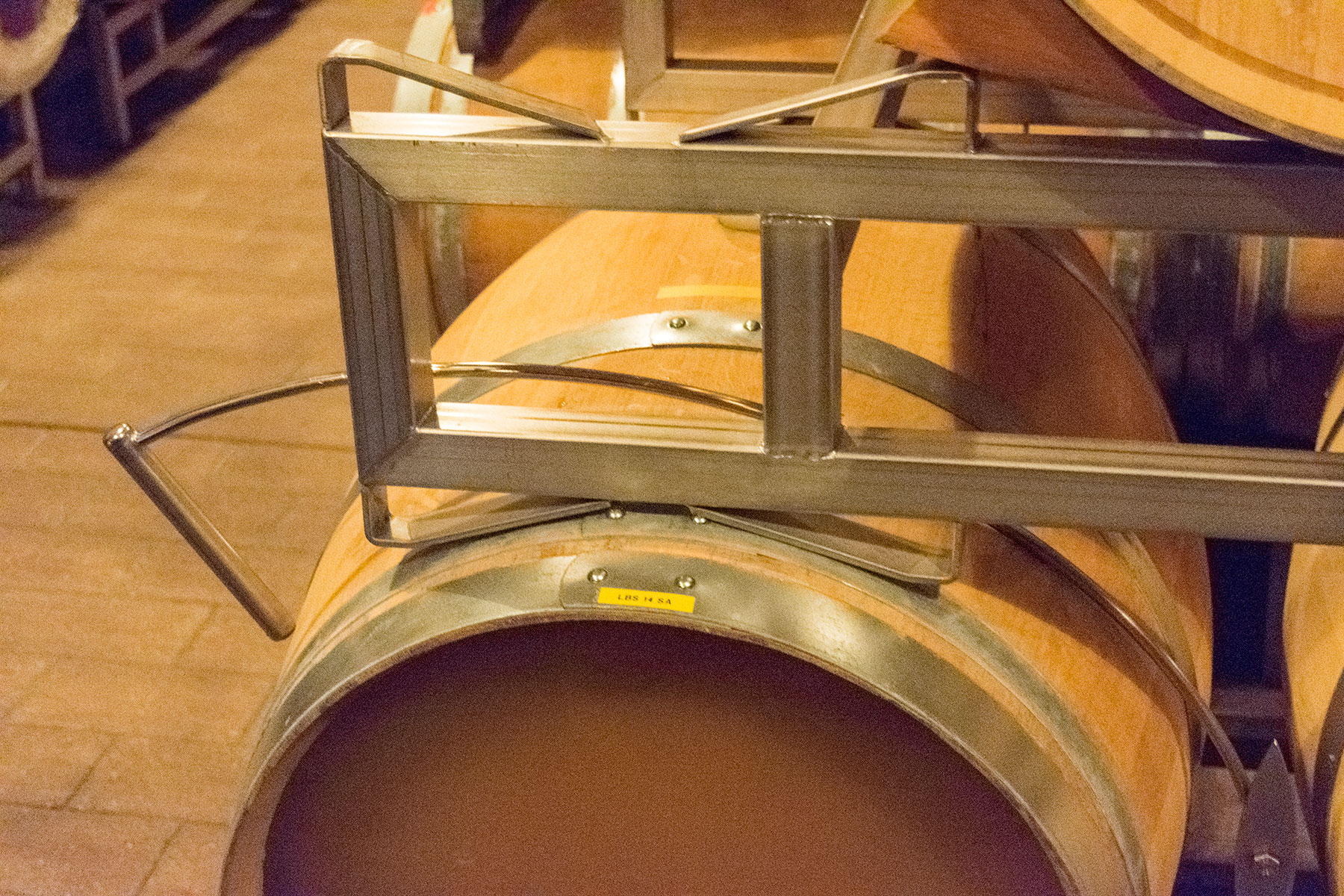
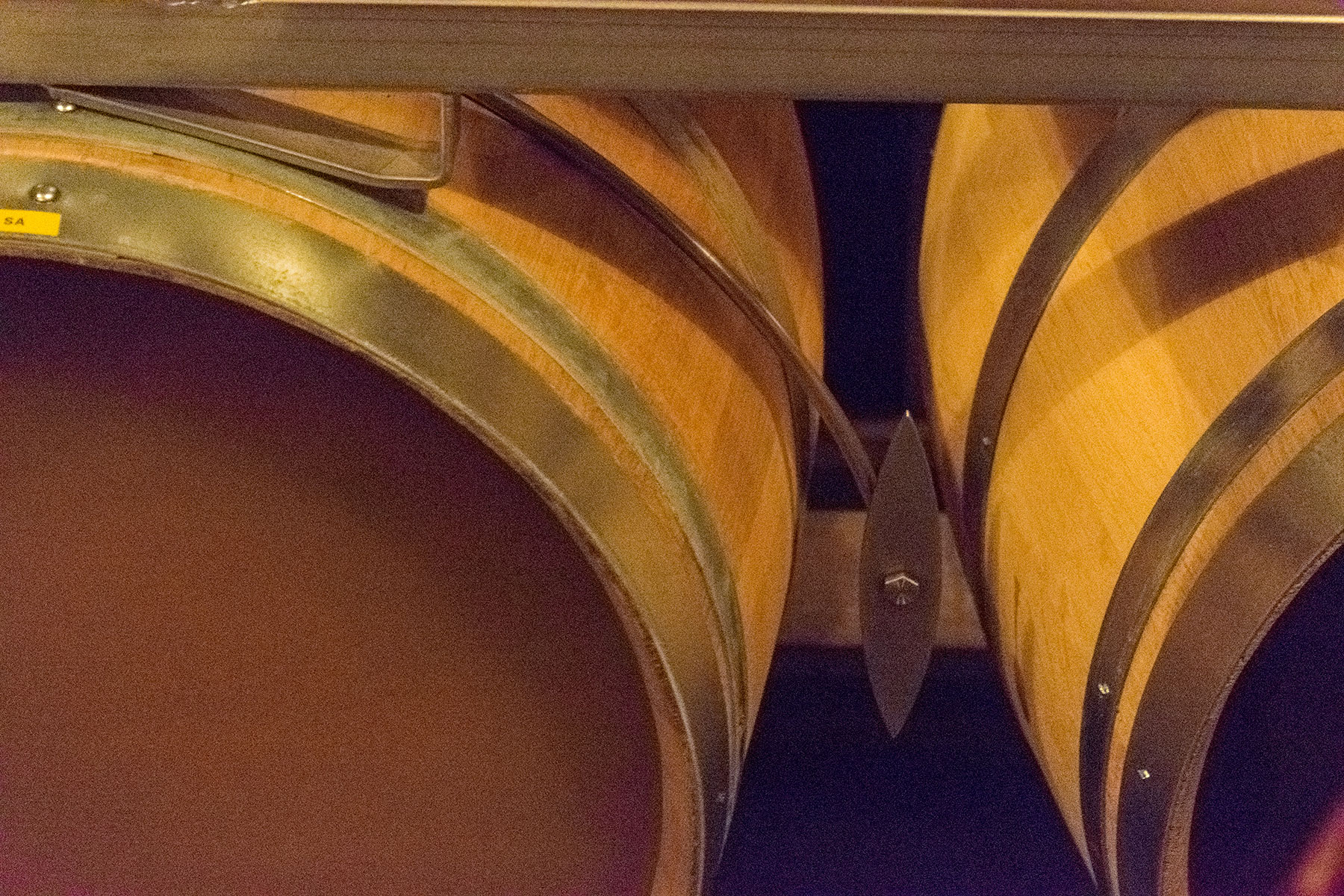
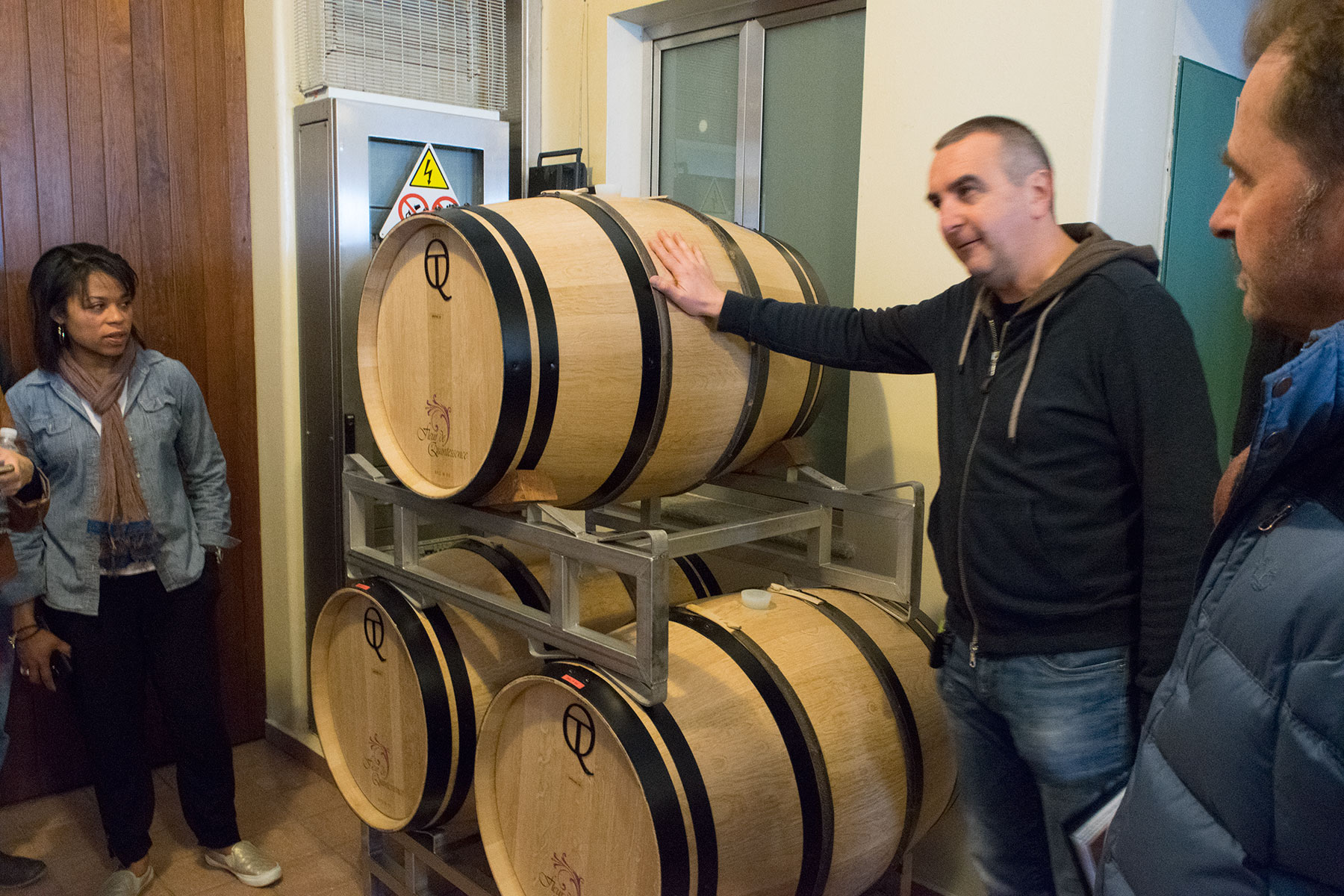
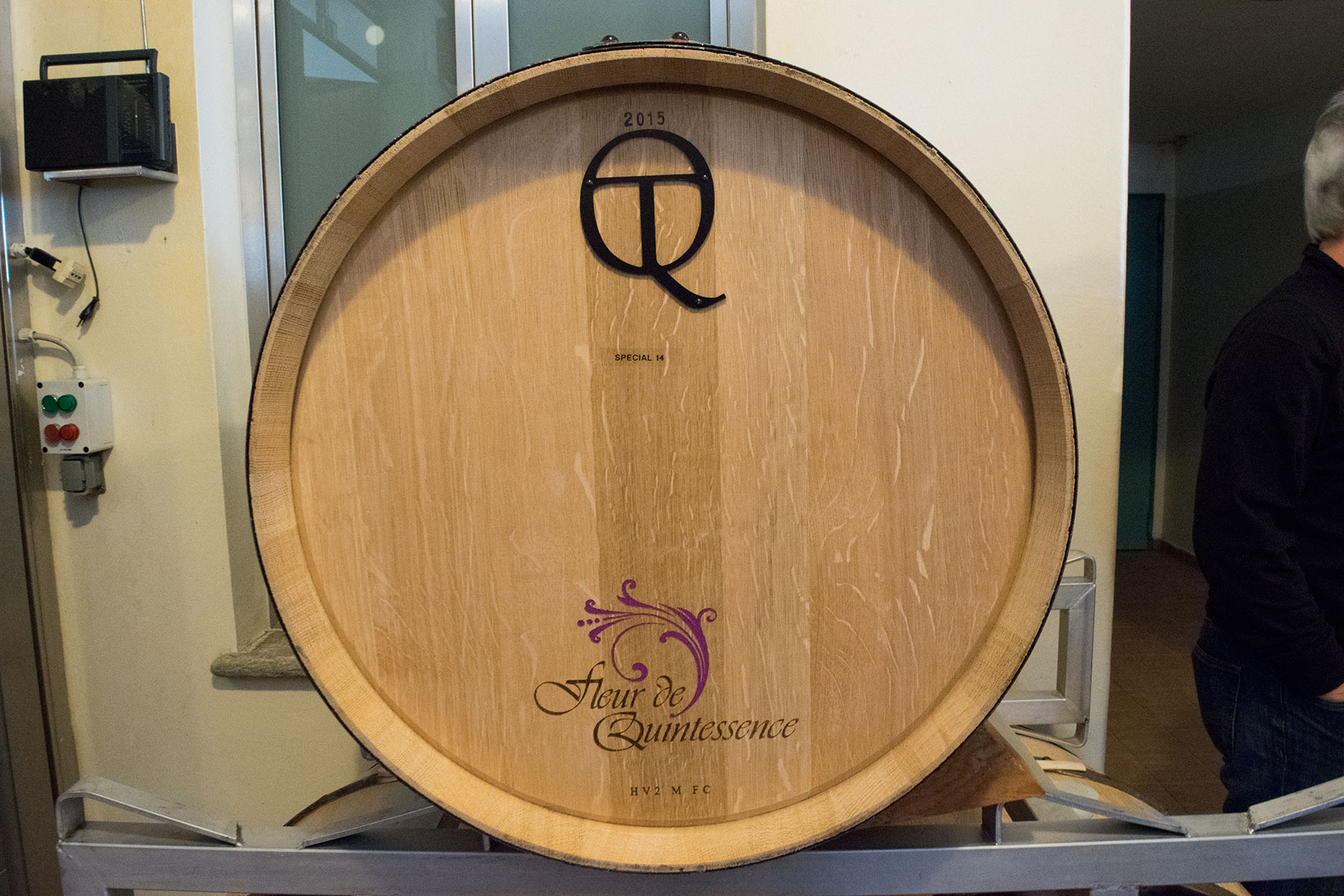
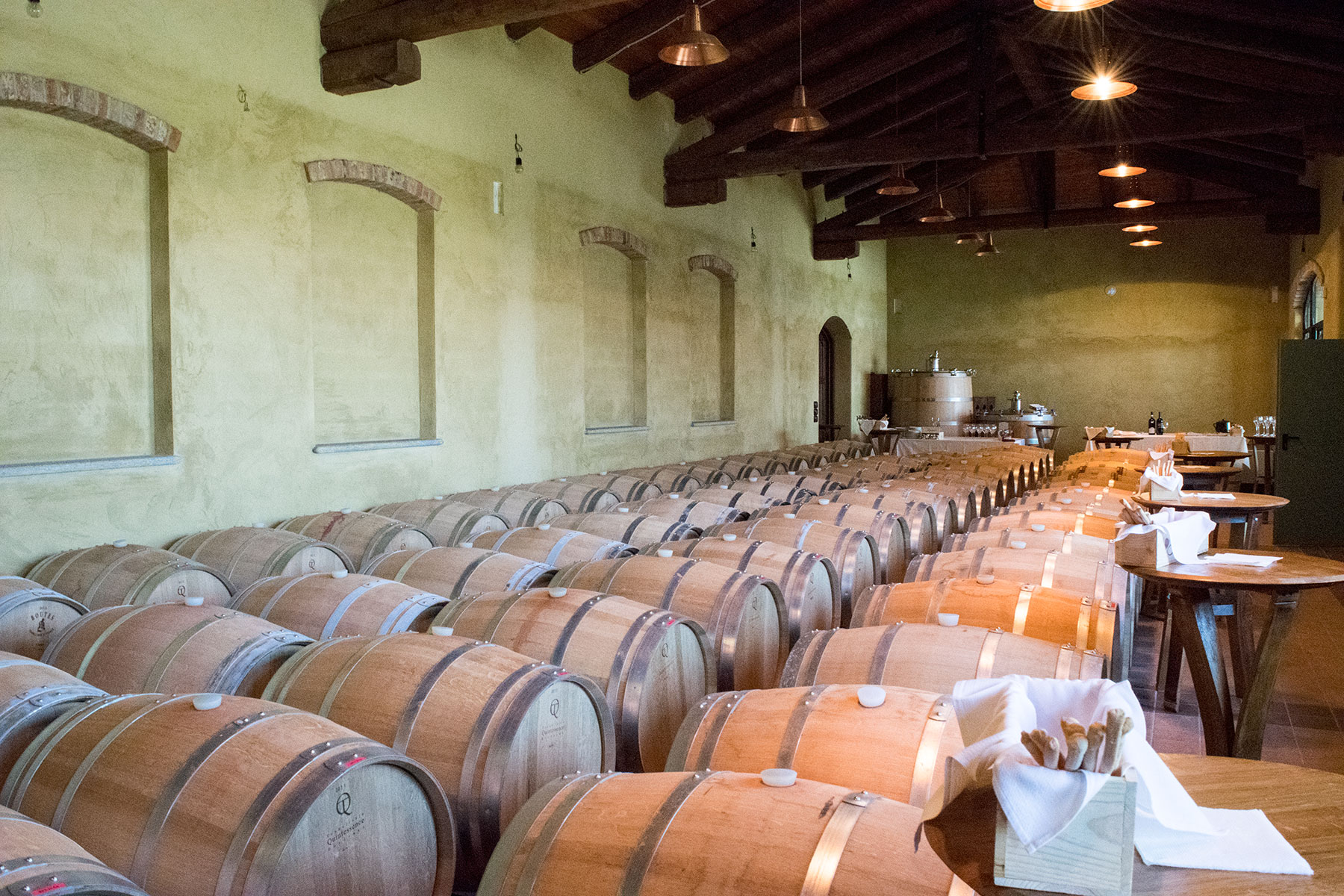
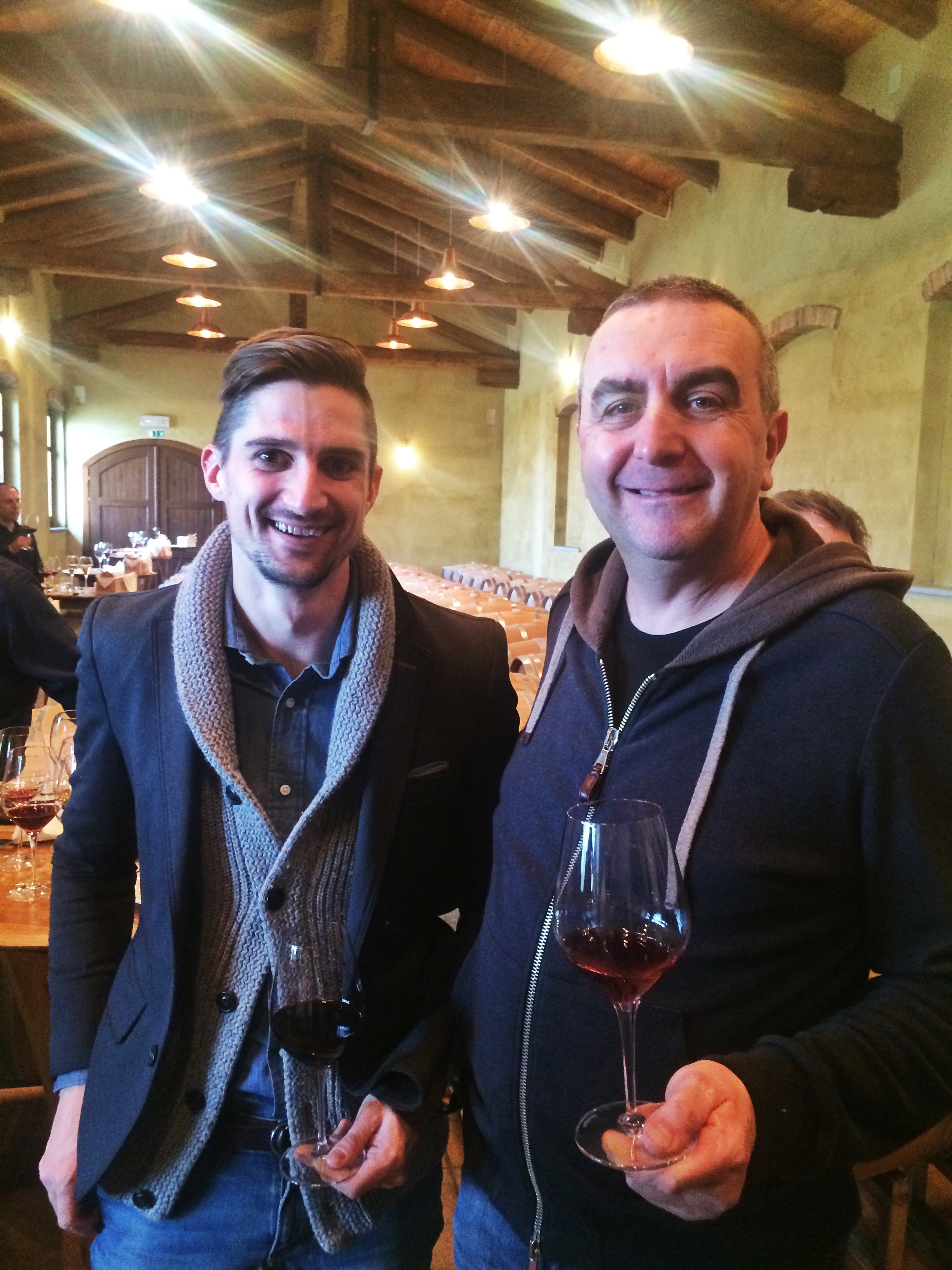
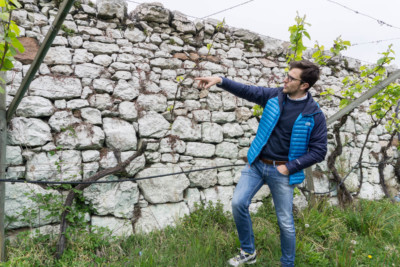

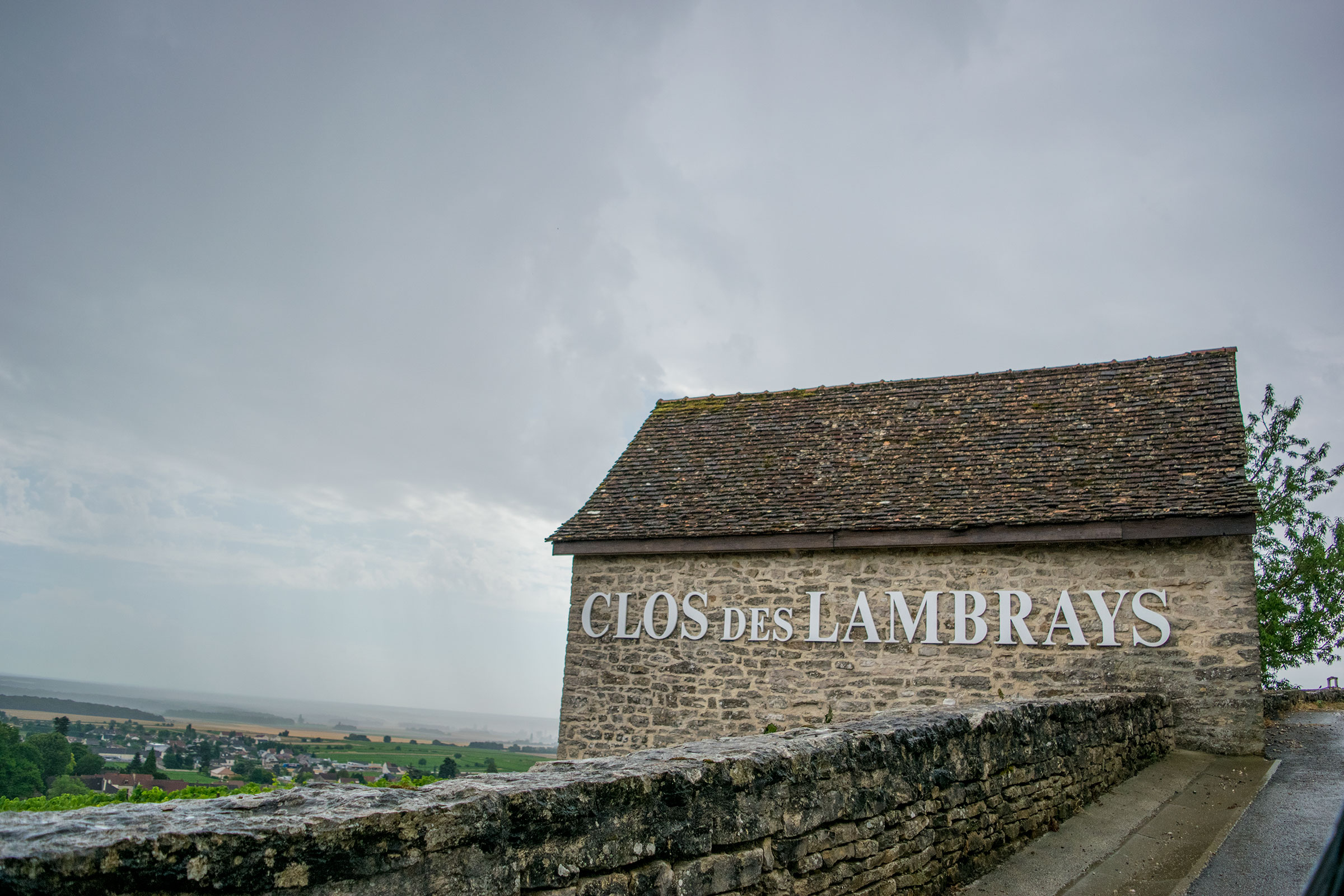
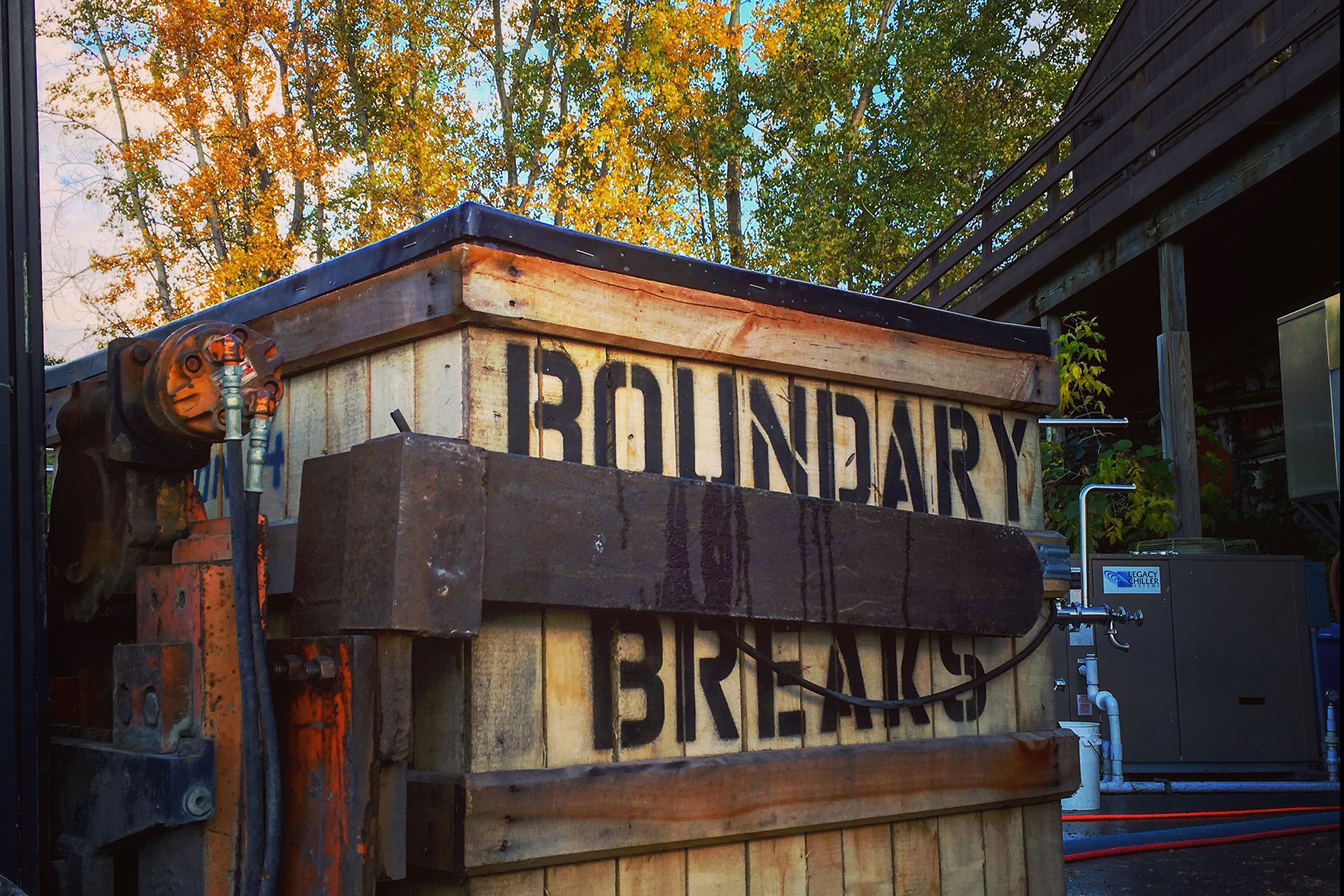
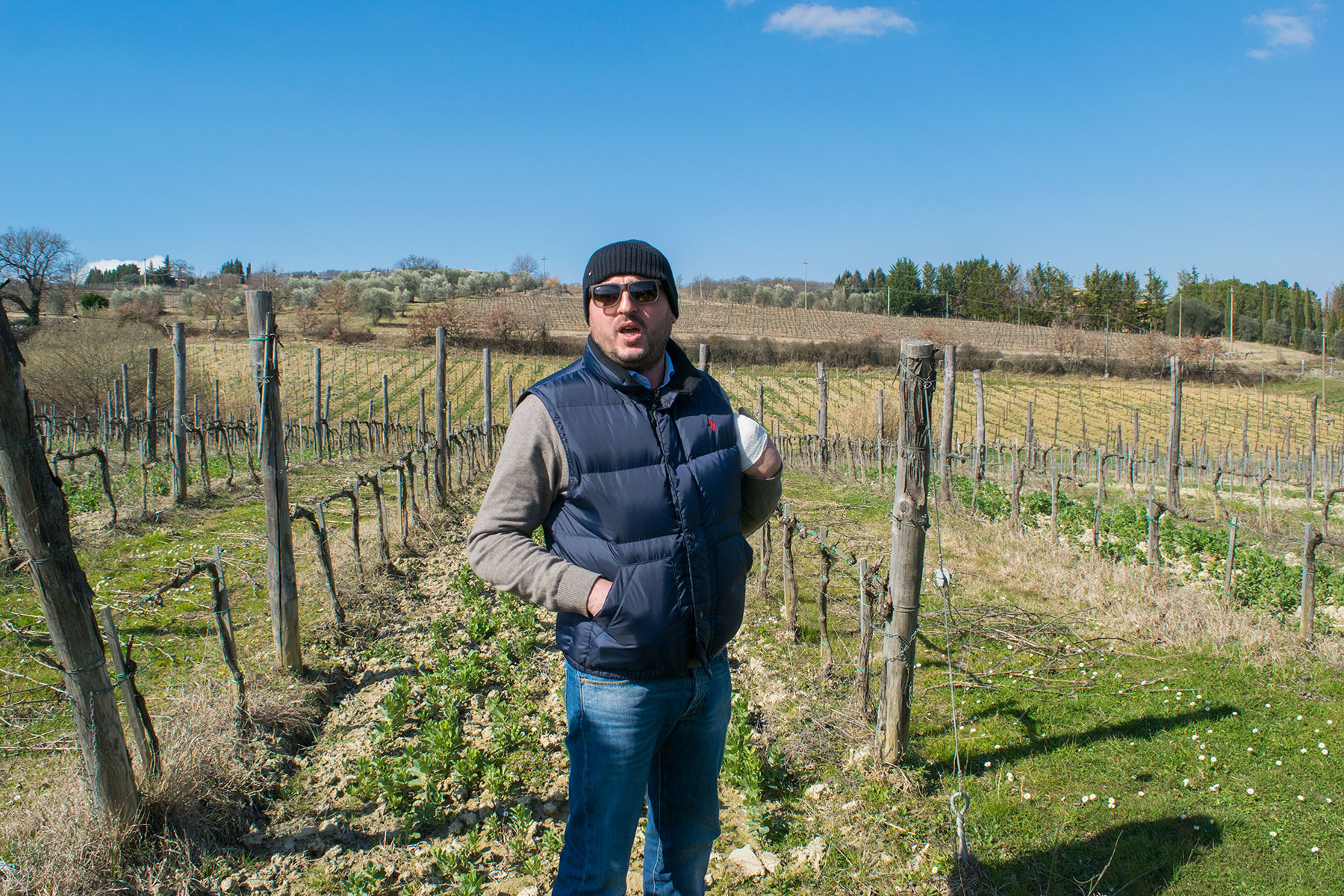
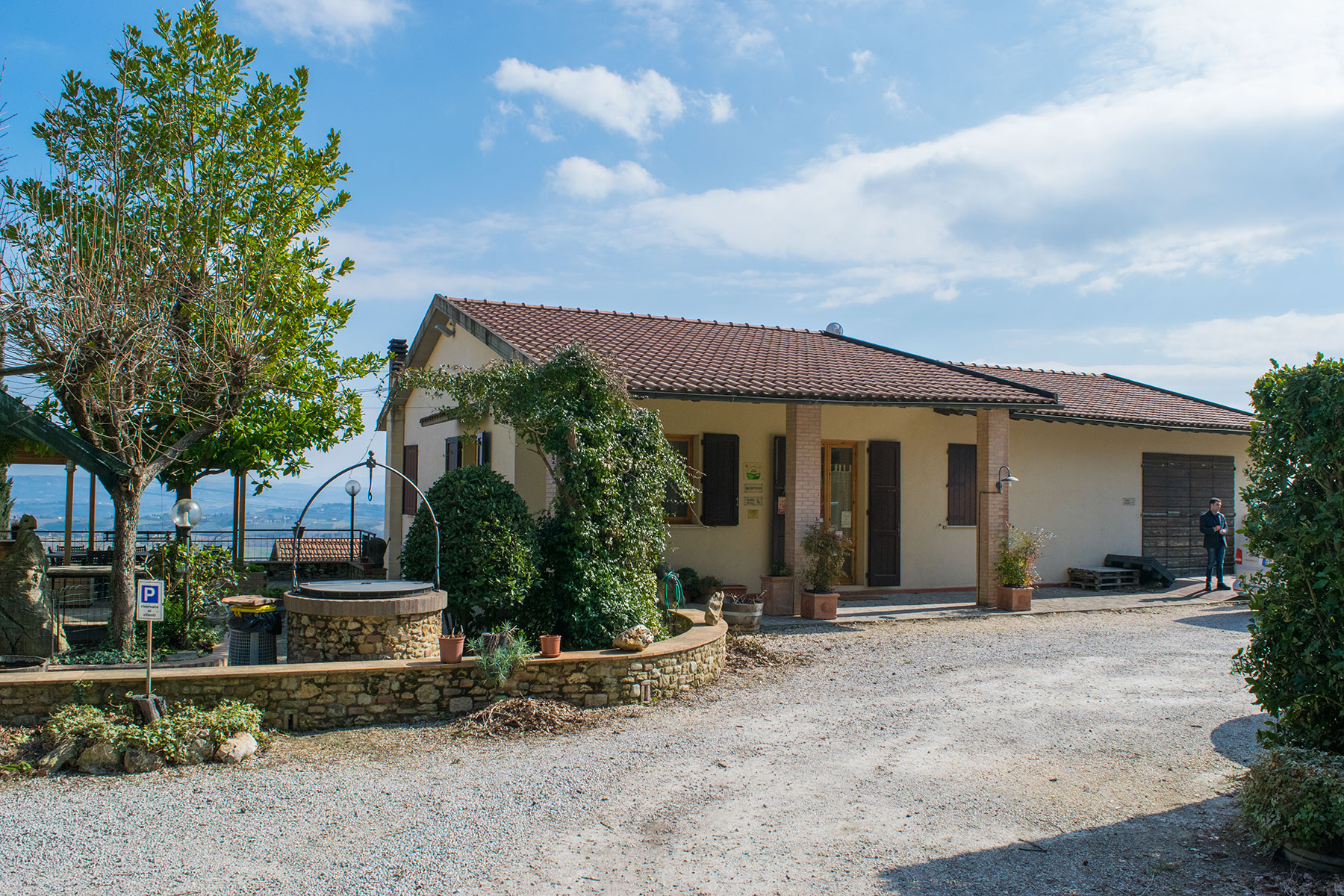
Thanks, it is quite informative
This is really useful, thanks.